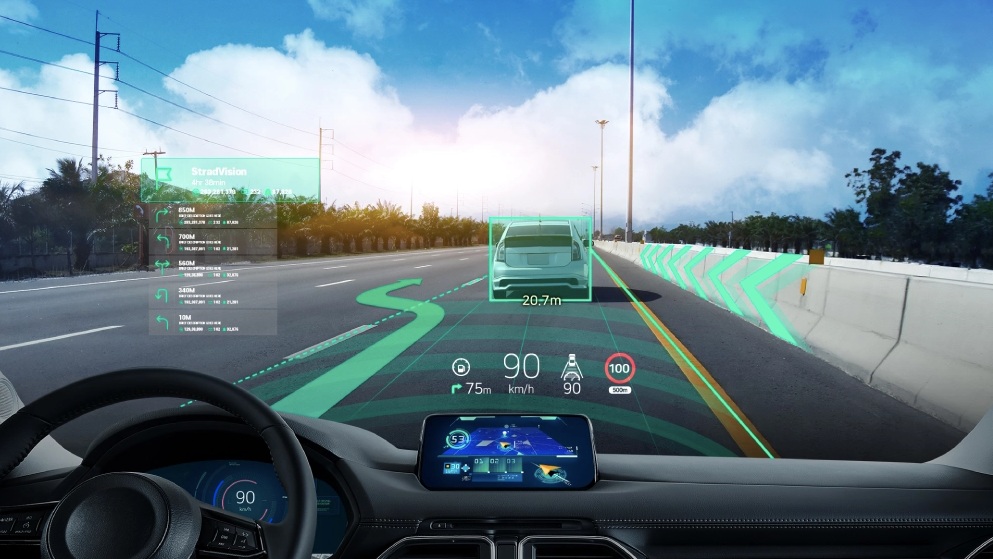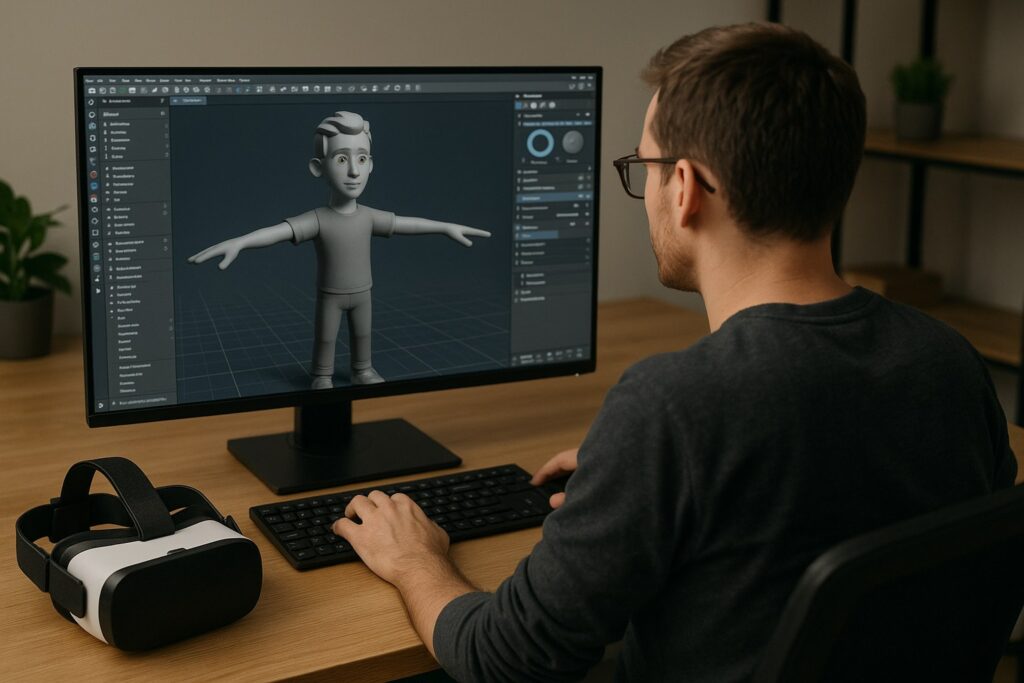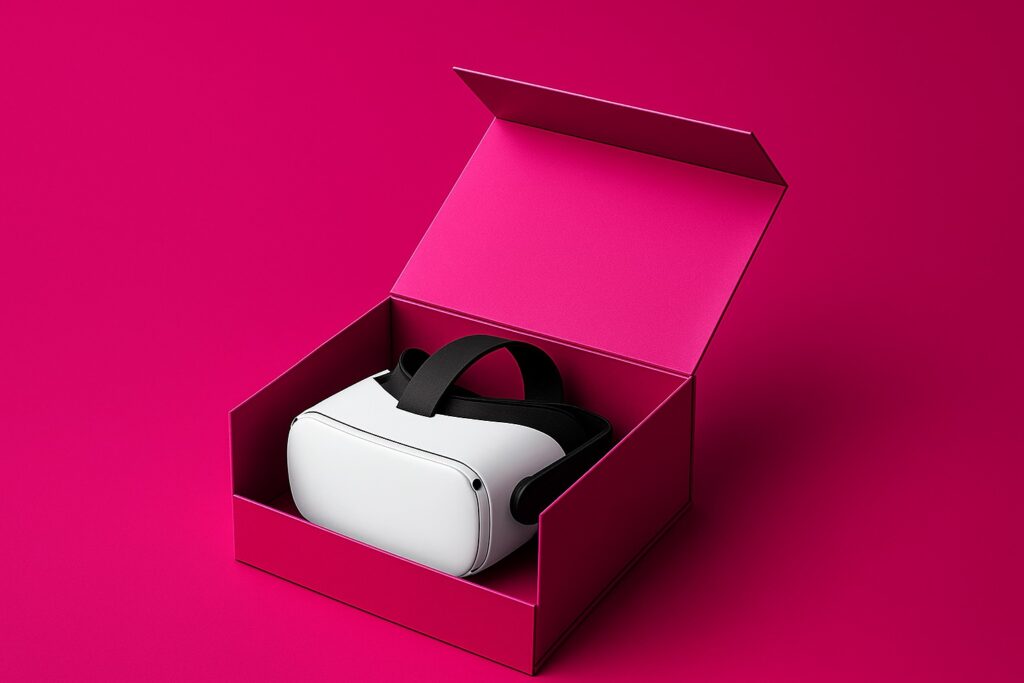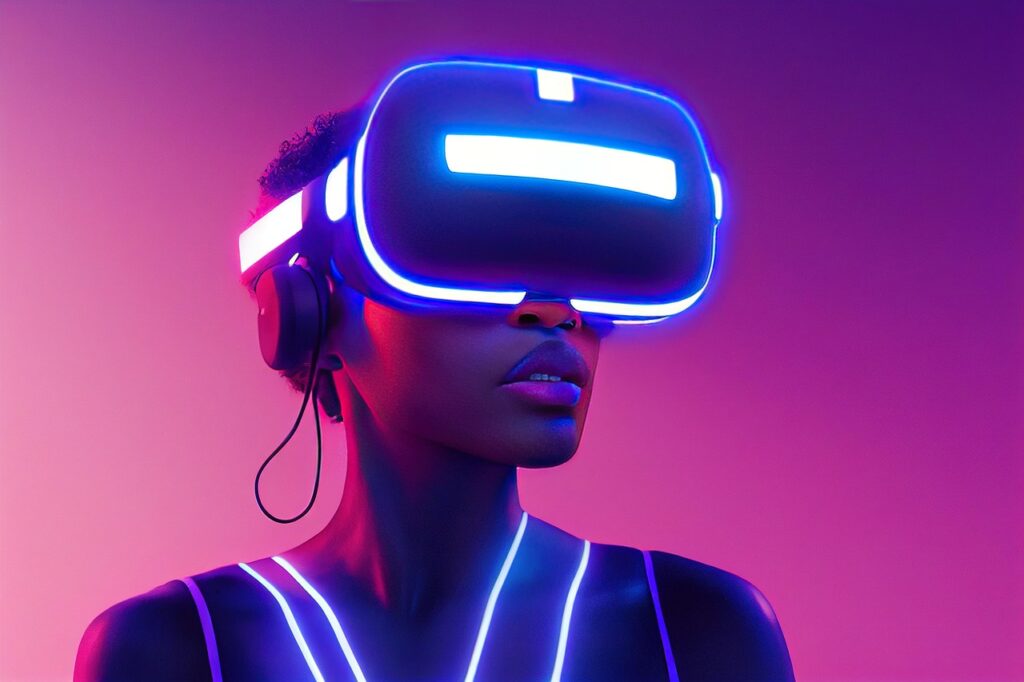For some years now, Augmented Reality (AR) and Virtual Reality (VR) have grabbed the attention of more and more people due to the cutting-edge technology already being used in various fields such as health, education, even manufacturing. According to Statista, the global AR and VR market will grow in the coming years of more than 788%, and by 2024 it could reach around USD 297,000.
This year, many technologies we saw in the distant past are being consolidated. The hottest news, of course, is the Metaverse, that magical playground where virtual people roam free of physical bodies in unlimited 3D space. But what will be other trends of AR and VR in 2022? Will 2022 be how Augmented Reality, Virtual Reality, and Mixed Reality spread even more?
Here are five AR and VR trends to follow this year.
Metaverse
Metaverse seems to be the term everyone is talking about in 2022. But it also seems like no one is quite sure what this word represents. When announcing Facebook’s rebrand as Meta, Mark Zuckerberg said that they believe that Metaverse will be the successor to the mobile Internet. What does that mean exactly? Well, simply put, the Metaverse is a dimension where the digital world meets the physical world.
You can imagine the digital representations of people, called avatars, doing everyday stuff like interacting at work, playing games, meeting their colleagues in the office, trying on clothes, or doing who-knows-what. This means that our socializing patterns might be transferred to a 3D space shortly. We still don’t have a fully developed metaverse, but it is only a matter of time before we’ll have a digital life parallel to our physical one. And the tools used to create that include the combination of VR and AR, which make sense of what we can call a ‘digital presence’.
If you are still having a hard time understanding the Metaverse concept, imagine how people felt about the Internet in the 1970s. We know that something big is coming up; many businesses are investing heavily, but no one can be sure how it will look.

Curious how to implement VR and AR in your business? Click here.
VR & AR in Retail
The try-before-buy has revolutionized shopping, and it looks like it will grow even more this year, fueled by Augmented Reality (AR). Brands like L’Oreal, Gucci, Ikea, and many others offer virtual experiences at home via mobile apps – – meaning that their customers could use these technologies to try how the clothing items would fit them or to envision how they would look in their space.
Interactive mirrors in stores help consumers view purchases and get feedback from friends from afar before purchase. Commerce accompanied by AR is a powerful tool that allows sales executives to virtually show products in a natural environment to drive decision-making at any time. Customers have more information to be able to place an order and buy.

According to Statista, in 2021, mobile AR had more than 800 million users, a figure that in 2024 could increase to 1.73 billion. This year it is expected that 7 out of 10 companies will start experimenting with immersive technologies for the use of their consumers, while only 25% of them will do so in production.
Check out our Smart Mirror and Virtual Showroom solutions
AR & VR in Education and Training
The pandemic has permanently changed practices in many fields, one of which is undoubtedly education. Technology has become a crucial part of how students learn now. With the opening of schools and colleges presenting a blended modality and, in some cases, permanent attendance, it is no longer necessary to be at home as before. Still, technology has stayed and has transformed educational tools.

More companies and professionals are considering adopting VR/AR for training and educational purposes this year — the benefits are limitless. Without leaving homes, education and training with today’s AR and VR technology can be completely immersed, developing complex skills and achieving better results than simply listening to the teacher during class. With Virtual and Augmented Reality applied to the education and training sector, interactive and personalized experiences can improve learning performance.
Curious how to implement VR and AR in your business? Click here.
New VR headsets
With virtual reality becoming the new reality in 2022 and companies like Meta and Sony betting strongly for its future, fans’ long-awaited AR / VR / XR headsets could become a big hit in 2022.
Next This? Year, Meta, formerly known as Facebook, teased its upcoming successor to the Oculus Quest 2. The Cambria project will be significantly more expensive than Quest. Still, it will offer an improved mixed reality experience, with greater complexity for face and eye detection and high-resolution colour video. It will also get a new name in 2022, as parent company Meta is rebranding it as “Meta Quest”. But for now, Oculus Quest 2 is still the most well-known VR headset on the market, given that this $299 / £299 device offers the best value among the competitors.
Snap released its Spectacles 3 goggles to developers last May but has yet to announce when the fourth generation Augmented Reality headgear will be available to the general public — at this point, it looks like this will happen this year. More minor gamers like China’s Neal are already producing lightweight, smartphone-powered mixed reality glasses, and more are expected.
Another release to look after is Sony’s PSVR 2. The website for this headset is already live, and you can sign up for crucial info, including alerts for when pre-orders will go live. But the release date is still unknown. Apart from that, Apple is also working on an AR headset set to be released this year. Their newest project has completed EVT-2 production tests ahead of a release. The headset is expected to undergo EVT-3 tests soon ahead of entering mass production.
Apart from those, many smaller players are making their way to the top in the headset field. This means that the prices will probably be more affordable for the customers since there are brands in a position to offer cheaper products.

AR inside Car
For years we have depended on our dashboard gauges in a car to drive safely and know-how our car is doing at all times, but that’s about to change — with AR will likely be inside our vehicles in the next few years. Augmented reality will take this signage one step further by bringing three-dimensional elements in front of our eyes while driving. Thus, manufacturers will incorporate security information in front of our eyes in non-invasive ways — by combining this technology with artificial intelligence; we will make our journeys safer than ever.

Mercedes has already presented an advanced Head-Up Display inside one of their electric cars. Brands like Audi, Kia, and many other automobile cases have foreseen an AR technology similar to the Mercedes one — AR shows speed, direction, and even distance of the current car and warns you if the vehicle deviates from its lane. When you approach the intersection, it signals when you reach your destination.
We will likely see AR elements on the individual displays of most car manufacturers in the following years. It will be how the technology of the autonomous guide integrated into the car communicates with humans, which will ultimately help us trust the car to drive alone.
Check out our other projects here!
As you can see, this year is bringing Virtual and Augmented Reality one step closer to us, setting its way to more and more industries. Another thing worth noticing is that VR and AR are becoming easily accessible, making it easier for the general population to use them without any unique gadgets, even by using older computers and mobile phones. That is just the beginning of the era in which VR and AR shape our everyday lives.
👋 get in touch
By clicking the “send” button, I agree to the collection and processing of my personal data as described in the Privacy Policy.





